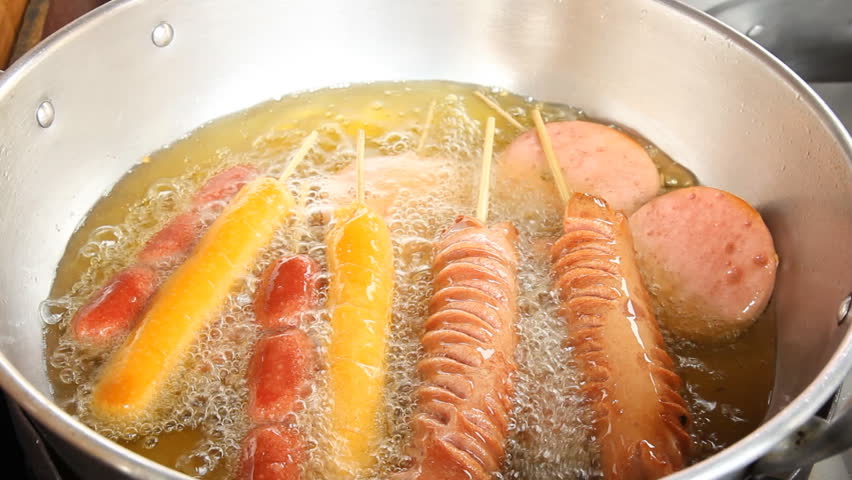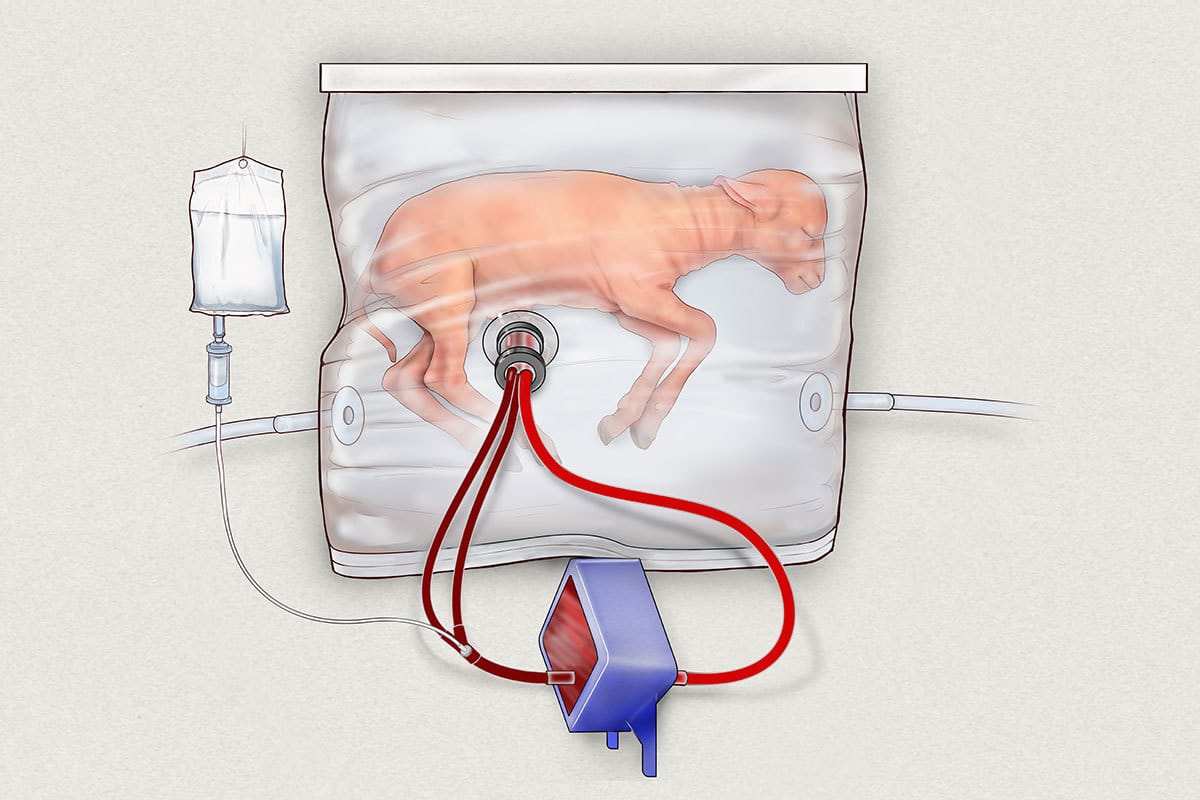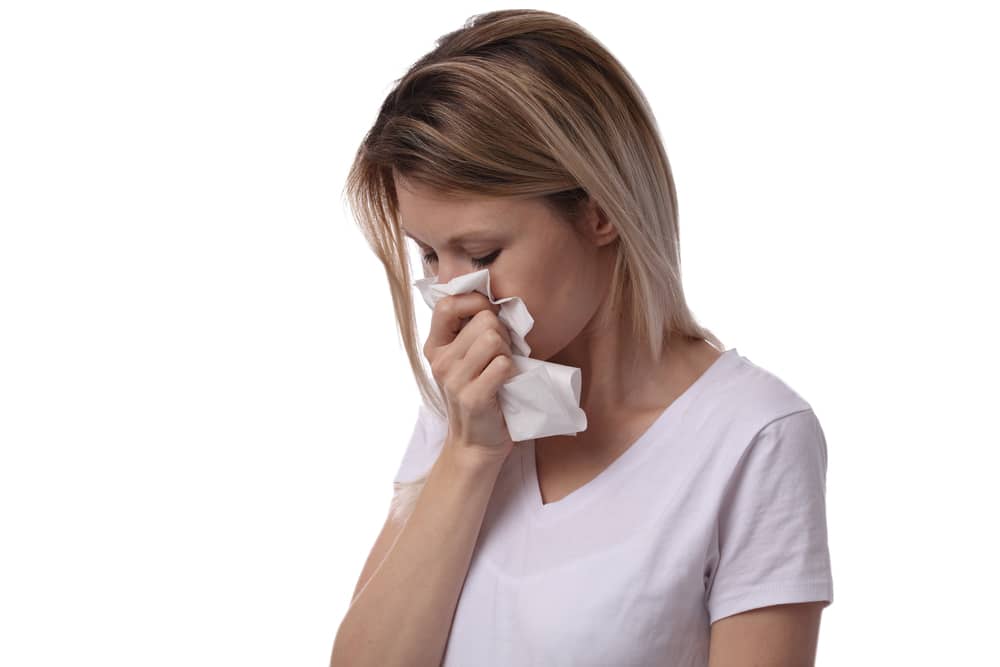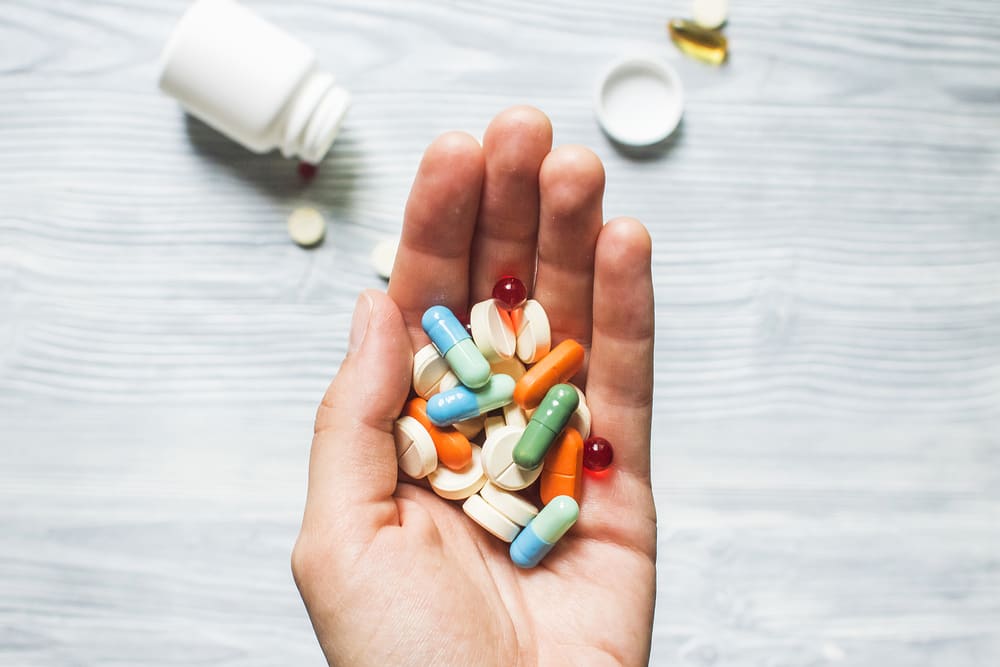Contents:
- Medical Video: The Chemistry of Fried Food
- The danger of cooking oil in food
- Calorie one piece of fried rice is equivalent to 2-3 servings of white rice
- What affects the amount of cooking oil absorbed in food?
- 1. Level of water in fried food ingredients
- 2. Density of fried foods
- 3. Long frying and temperature when frying
Medical Video: The Chemistry of Fried Food
How much do you use cooking oil when frying food? Have you ever noticed that the fried foods you eat or cook are too oily? The oil in fried or fried foods comes from cooking oil that is absorbed into the food. Do you know how much cooking oil is absorbed in a food?
The danger of cooking oil in food
Foods that are fried using oil are easier to serve and are liked by almost everyone. But have you ever realized how much oil is absorbed in these foods when you fry them?
Too much oil absorbed into the food you eat will increase the risk of degenerative diseases, such as coronary heart disease, stroke, diabetes mellitus, and heart failure. This can happen because fried foods contain lots of saturated fat. Saturated fat alone will increase levels of bad cholesterol in the body, so eating fried foods can cause cardiovascular disease.
Calorie one piece of fried rice is equivalent to 2-3 servings of white rice
Cooking oil will usually be absorbed by food around 8-25% of total food weight that is. Indeed, this absorption is influenced by various things such as the type and shape of fried foods, temperature, and time during frying.
In addition, fried foods will experience changes in the value of calories they have. Did you know all the fried foods you eat have very high caloric values? Cooking oil absorbed by food has its own fat. This fat also makes fried foods become very high in calories.
For example, one piece of fried food you buy on the roadside can contain around 250-400 calories. That is, the calories you get from eating one piece of fried food are the same as calories if you eat 2-3 servings of white rice.
What affects the amount of cooking oil absorbed in food?
1. Level of water in fried food ingredients
Water content in food is considered to affect the absorption of cooking oil when the food is through the frying process. In several studies, it has been proven that absorption of cooking oil is related to the large amount of water lost in a food.
The oil absorbed by food will be more if the food has a high water content. Foods that consist of high amounts of water will experience evaporation, aka evaporation of moisture content during frying. The water content lost will be replaced by oil, so the more water content is lost, the more oil absorbed.
2. Density of fried foods
As explained earlier, cooking oil will replace the position of water in food, if the water evaporates. The process of changing between oil and water from food is influenced by the density, surface area, structure, and shape of fried foods.
Actually cooking oil can enter into food due to the many pores formed from these foods. In addition, the density of food when fried also affects. Foods that are denser and thicker will absorb less oil compared to foods that are thin in shape.
3. Long frying and temperature when frying
The time and temperature when frying will actually affect how much pores of food are formed. Some studies say that frying in a temperature that is not too high will cause absorption of larger cooking oil. If you fry with a small fire, the time needed for frying will also be longer. Both of these can increase the formation of pores on the surface of food. The lower the temperature of cooking oil used, the longer the frying time, the more pores formed.












